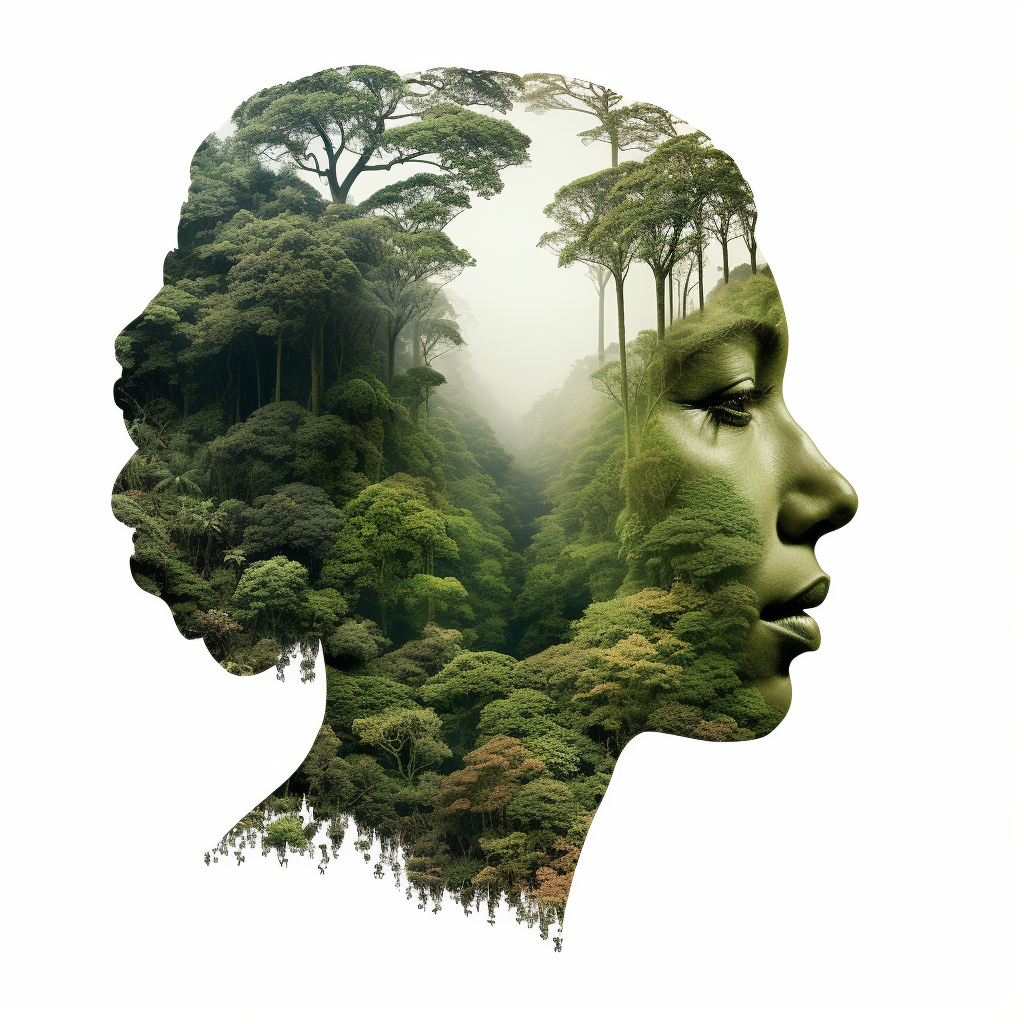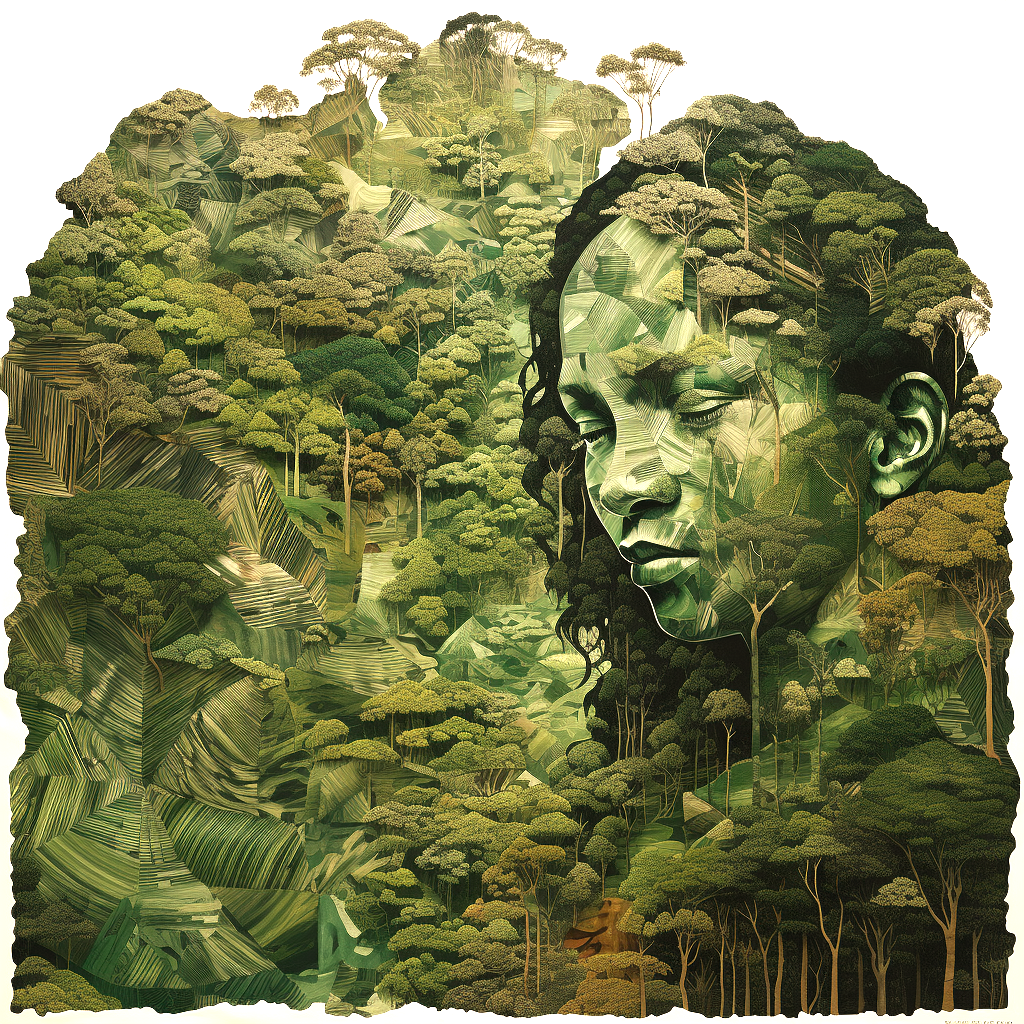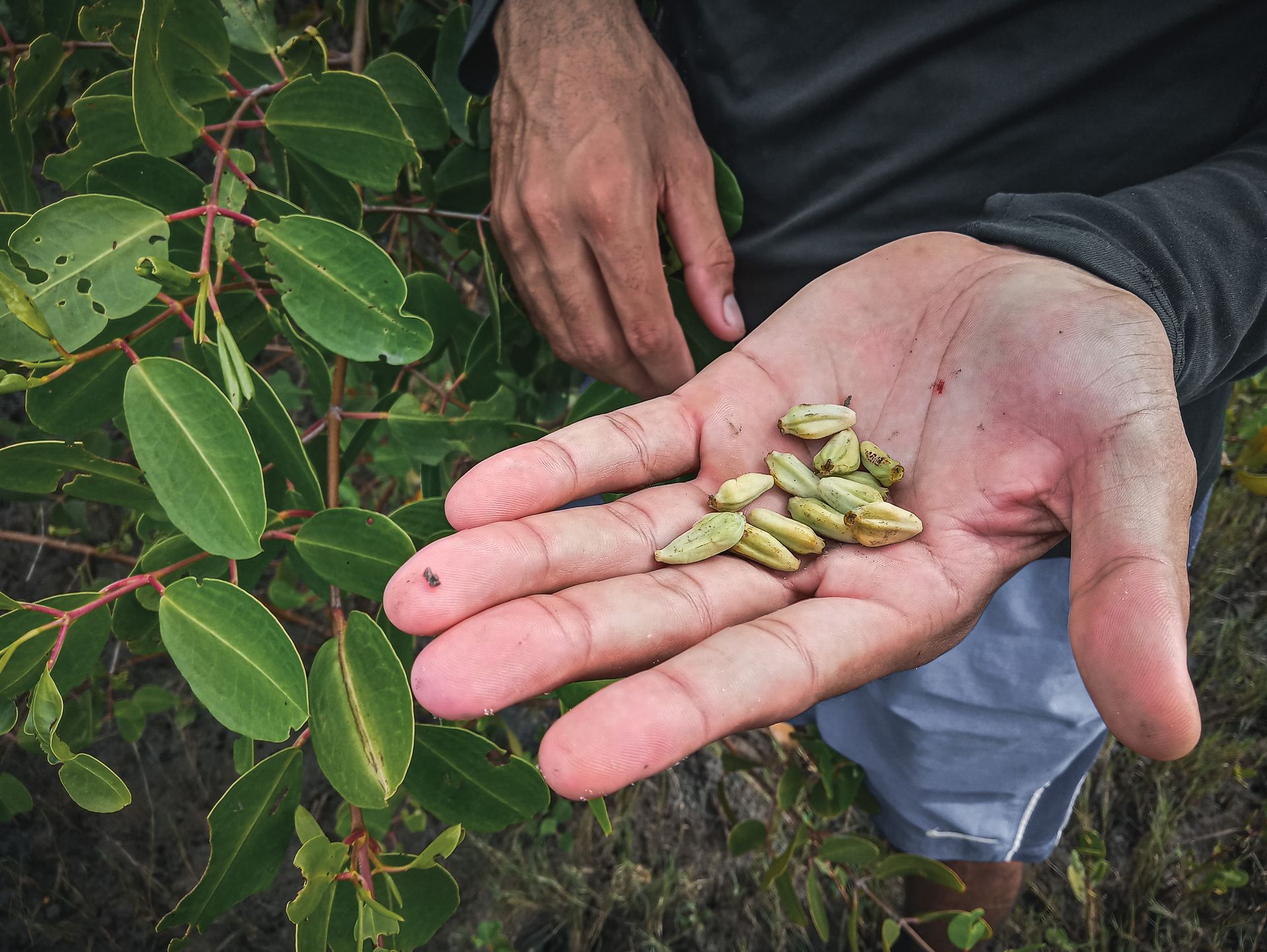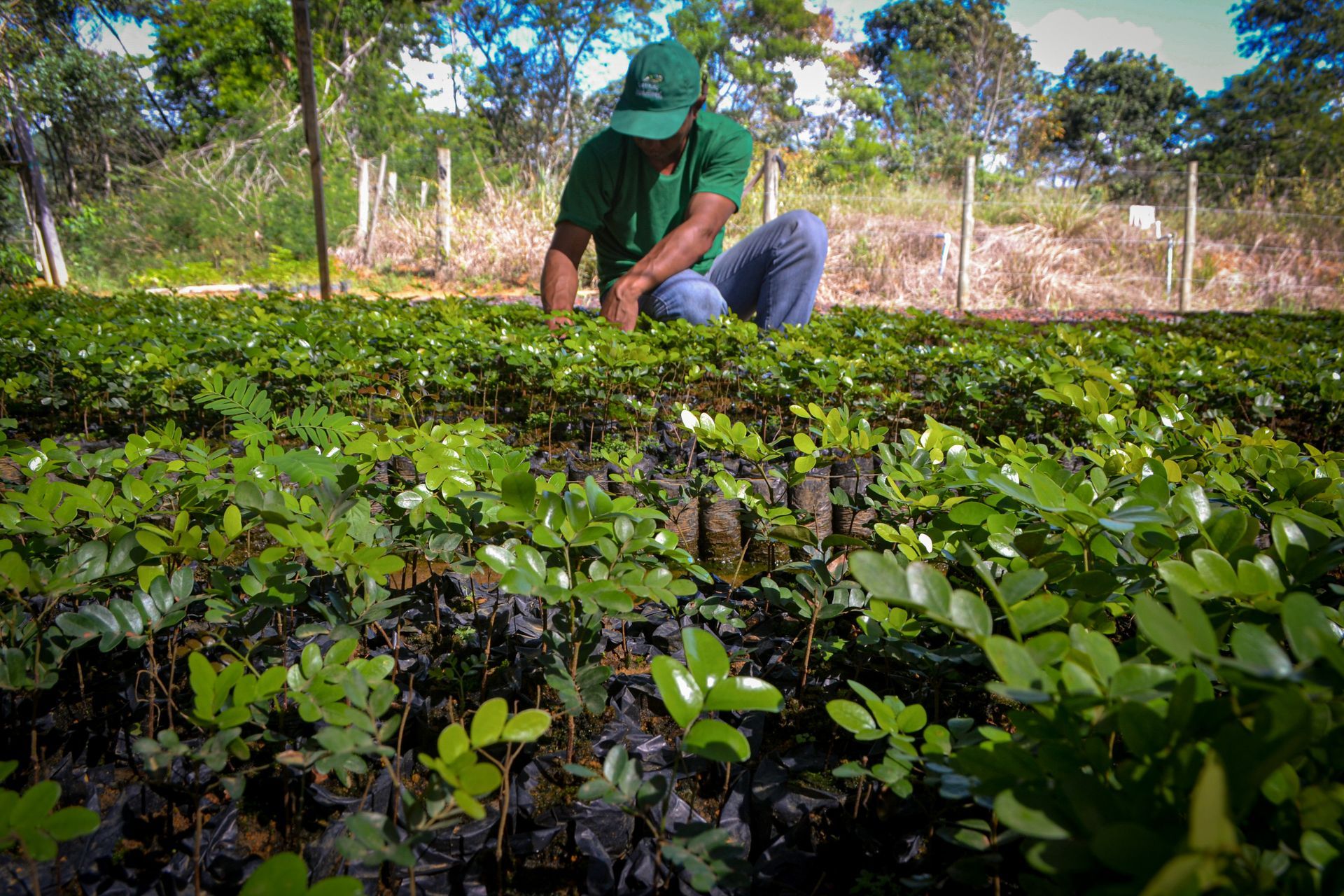Protecting & Restoring Forests
It's time to stand up for the rainforests
There have been many attempts to protect our ancient forests, some strategies are proven to be much more successful than others.
Through offsetting carbon we have identified several key strategies which help to ensure long term impact:
Planting trees and shrubs
Planting edible and functional species from the forest seed banks helps to support local communities for food and income.
Working with local communities
Indigenous communities are the forests' front line defence, we work to strengthen their ability to defend with education and funding.
Innovation & Incentivise
Enabling communities to generate incomes from carbon and biodiversity credits, and producing food we decrease logging.
Protecting existing forests
We give priority to projects that concentrate on preserving existing forests and the biodiversity flourishing within them.
Repair the Ecosystems
Installing ecological systems which clean water, build healthy soil, increase biodiversity enabling nature to regenerate & truly thrive.
Purchase and Protect
The future - Through buying land and legally protecting it we increase our capacity to create national parks & reserves.
More than offsetting
Our projects need your support
It's vitally important that as humans, we collectively protect our planets life support systems, turn carbon into breathable oxygen and help the earth heal the best we can. You can do that by donating to these projects.
The Kalunga
BRAZIL
Offsetting Carbon with our project partner RAIN
and Associação Quilombo Kalunga.
Kalunga: Voices from the Cerrado
The Cerrado is one of the most biodiverse regions in the world, known as Brazil's "water tank" because its aquifers supply water to much of the country. Huge areas of this precious ecosystem have been degraded by conventional farming, and those who know best how to restore this abundant landscape while storing carbon are the people of the quilombos (pronounced Ki-Lom-Boz).
Greenpaw is proud to be working with our project partner; RAIN, and the local community; Associação Quilombo Kalunga, aligning traditional knowledge with innovative regeneration practices to implement agroforestry programs in these traditional territories, as a first step towards the reforestation of hundreds of hectares. Your contribution can directly support this vital work, while also opening up avenues of collaboration between communities divided by a painful shared history but united in a desire to regenerate the planet.
Culture, Heritage and Geography
Kalunga is a historic site and Cultural Heritage of Brazil, occupying an area of 262,000 hectares, where approximately 1,530 families live, divided into 39 communities, united by culture and identity as the largest territory of descendants of quilombolas in Brazil. Encompassing part of a conservation area called Parque Nacional da Chapada dos Veadeiros, the area is essential for the conservation of the Cerrado, one of the most biodiverse regions in the world, also known as Brazil's "water tank" because of its springs. that supply the country's main basins.
A difficult shared history and a way forward
The people of the Kalunga have faced centuries of challenges. Their communities were founded by former enslaved people, and land grabs for conventional farming was common until 2021, when the people were finally given title to their land by the UN. Large monocultures and unsustainable agricultural practices introduced have devastated large swathes of the land. Hundreds of natural springs are drying up as a result, and the future is uncertain.
Understandably, quilombos rarely work with outsiders - the residents have learned to keep to themselves. We chose to partner with RAIN because their unique relationship with the Kalunga empowers us to back a project tailored to the aspirations and needs of the community.
Help Us,
Help Others
Offset your carbon with our project partner RAIN and Associação Quilombo Kalunga.
Project Aims
Plant trees and protect the biome
Preservation of culture and community
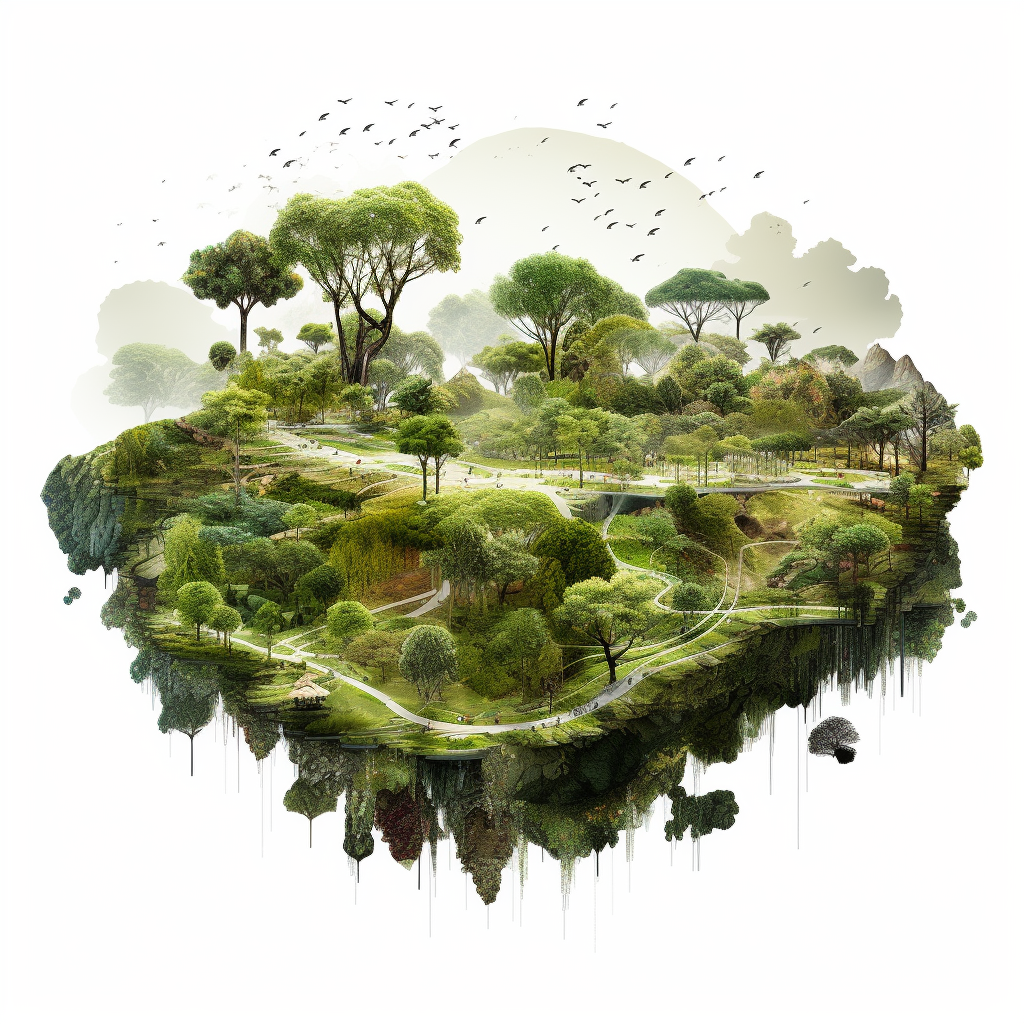
Promote sovereignty and food security
Develop scalable micro-plots
The numbers you need to know
25
farms
200hct
Customers in 24 countries
14tn
tonnes CO2 Per Ht
1000x
scaleable
The numbers you need to know
25
farms
200hct
Customers in 24 countries
14tn
tonnes CO2 Per Ht
1000x
scaleable
Agroforestry for the Kalunga
Agroforestry is the practice of planting food crops and native trees together, a dynamic, ecologically-based land management system grounded in traditional wisdom. It diversifies and sustains production while producing social, economic and environmental benefits and improving biodiversity and soil health.
Environmental Resilience:
Agroforestry systems fortify ecosystem resilience, aiding the recovery of degraded areas and preserving local biodiversity.
Sustainable Production:
Integrating agricultural crops with trees increases food production sustainably, creating more robust livelihoods for the community.
Carbon Sequestration:
Native trees in agroforestry systems contribute to carbon sequestration, playing a crucial role in mitigating climate change.
Cultural Preservation:
This approach respects and preserves the cultural practices of the community, fostering a harmonious connection between tradition and innovation.
We find ourselves in awe of the Kalunga community, which has stewarded these lands for more than 300 years, keeping their culture alive in the face of incredible hardship, and we invite you to share our vision. Your contributions can help develop sustainable solutions that meet the community's needs, promoting environmental conservation and fostering cultural resilience.
Your donation aids us in supporting RAIN directly in implementing this project with the Kalunga people, and it can also help foster a new form of interaction between traditional peoples of Brazil and businesses that want to make a meaningful difference to the ecology of the planet.
Impacts
Improving the quality of life and overall well-being in a rural community in Brazil requires a comprehensive approach that addresses various aspects of community development. Here are some desirable community impact goals that can be attained directly and indirectly by the proposed project (not necessarily in its first phase):
1. Access to Clean Water and Sanitation:
Ensure a reliable supply of clean and safe drinking water and proper sanitation facilities for all residents. This can significantly improve health indicators and reduce waterborne diseases.
2. Healthcare Services:
Increase access to quality healthcare facilities, medical professionals, and essential medicines. This will lead to better health outcomes and reduced mortality rates.
3. Education and Literacy:
Enhance educational opportunities by building and improving schools, providing adequate resources, and supporting educators. Improving literacy rates will empower the community and open up opportunities for further growth.
4. Employment and Economic Opportunities:
Foster entrepreneurship and provide training programs to develop job skills, promoting local industries, and attracting investments. Sustainable economic growth will uplift livelihoods and reduce unemployment rates.
5.Infrastructure Development:
Invest in infrastructure projects such as roads, bridges, and public transportation to connect rural areas to urban centers and enhance access to markets and services.
6. Agriculture and Sustainable Practices:
Support local farmers with modern techniques, access to markets, and financial resources to boost agricultural productivity while promoting sustainable practices to protect the environment.
7. Renewable Energy:
Implement renewable energy projects, such as solar or wind farms, to provide a reliable and environmentally friendly source of electricity to the community.
8. Waste Management and Environmental Conservation:
Establish waste management systems and educate the community about the importance of environmental conservation to protect natural resources and biodiversity.
9. Social Services and Support:
Strengthen social support systems, such as childcare facilities, elderly care, and support for vulnerable populations, to ensure the well-being of all community members.
10. Cultural Preservation and Community Engagement:
Promote the preservation of local culture, traditions, and heritage, fostering a strong sense of community identity and pride.
11. Access to Technology and Information:
Bridge the digital divide by providing access to technology and the internet, enabling residents to access information, educational resources, and online opportunities.
12. Community Empowerment and Participation:
Encourage community involvement in decision-making processes, empowering residents to contribute to the development and growth of their own community.
13. Disaster Preparedness and Response:
Establish disaster preparedness plans and community training to mitigate the impact of natural disasters and respond effectively during emergencies.
14. Mental Health and Well-being:
Provide mental health support services and initiatives to address the psychological well-being of community members, reducing stigma and increasing access to mental health resources.
It is crucial to engage local stakeholders, including residents, community leaders, NGOs, and governmental bodies, to create a shared vision and a sustainable plan for achieving these goals. Successful implementation will require collaboration, dedication, and ongoing monitoring and evaluation of progress to adapt strategies as needed.
Our partners
Greenpaw partner with projects which work with ecological design principles to regenerate entire ecosystems whilst supporting local communities and Indigenous tribes and traditional peoples.
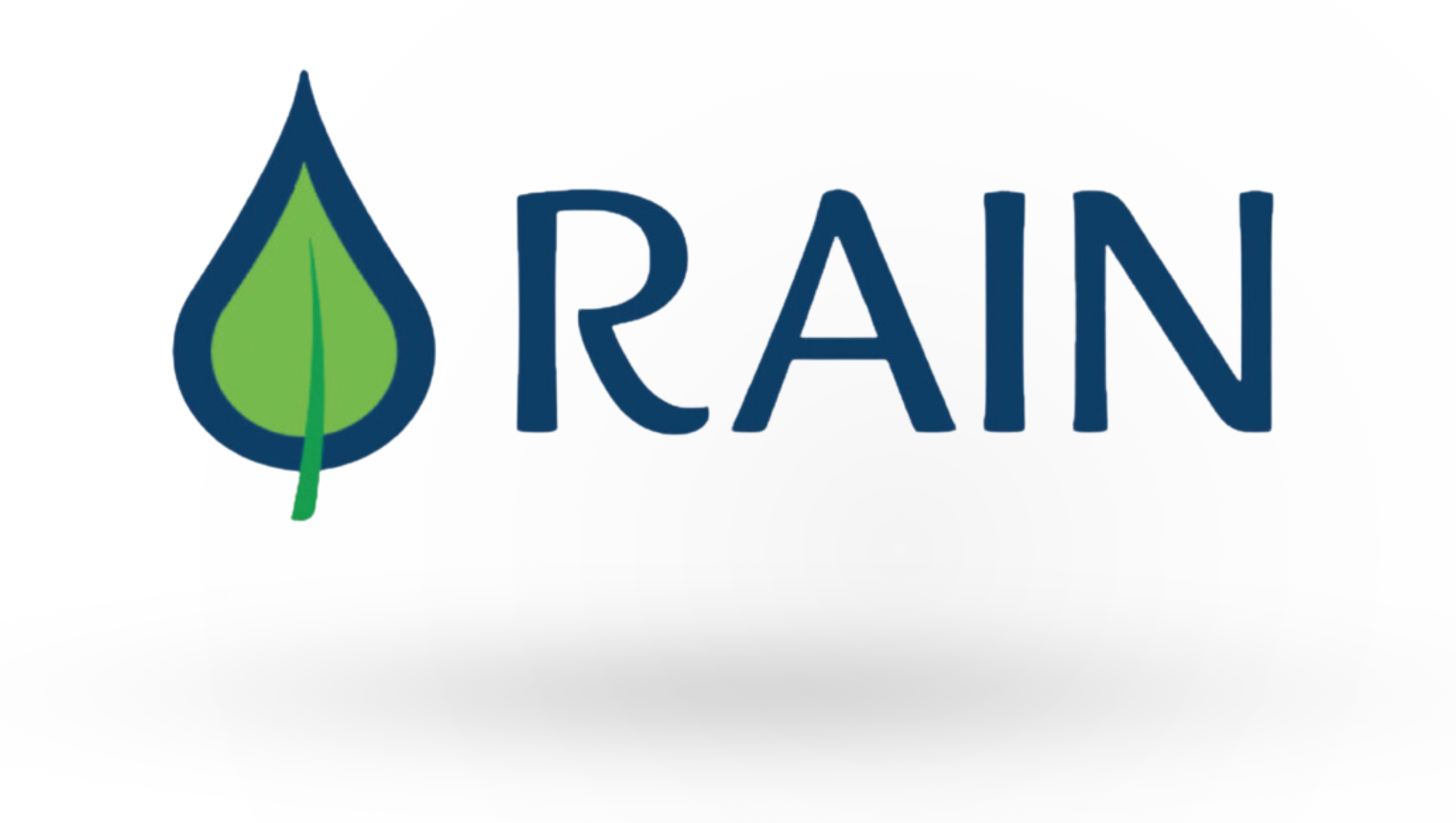
RAIN works with community-led projects that prioritise resilience, autonomy and food sovereignty, favouring the traditional techniques of people deeply rooted in their history and their landscapes. RAIN believe that people are an integral part of the natural world, and that conservation does not go far enough.
RAIN - "we need to regenerate the land and the cultures that steward it towards abundance for everything that lives on it."
By engaging and partnering with local actors, RAIN is fostering a network and a movement where communities lead the way in restoring landscapes and preserving cultural traditions.
"It's surely our responsibility to do everything within our power to create a planet that provides a home not just for us, but for all life on Earth."
- Sir David Attenborough
Other Green Paw Projects
The Past - Green Paw Project Success Stories
The Green Paw Project boasts a history of numerous successful initiatives. These include spaying and neutering projects, through which we provided treatment for over 500 animals whilst offered free veterinary care, and conducted outreach education programs. Additionally, we have effectively carried out animal rescues during earthquakes and facilitated the rehabilitation of remarkable cases such as Dobby the Dog. Originating from Ecuador, Dobby was rescued and treated from certain death of the mange. We provided Dobby with a temporary home we building with local bamboo and materials in Ecuador, and eventually found a loving family to call her own within the country.
The current - A Grand Week in Wales
A Grand Week in Wales energises, motivates, and enriches our communities. Spearheaded by Nanny Biscuit, Green Paw Project and One Global Ocean, we create a multitude of activities will unfold throughout the week.
These events captivate a varied audience across the Welsh communities. The initiative has enjoyed resounding success in both 2021 and 2022, with the Green Paw Project leading a monumental litter pick, collecting nearly 2000 bin bags of litter from the environment.
The Future - Green Paw Hive
Recognising the pressing imperative for humanity to embrace its rightful stewardship of the Earth, Greenpaw is committed to leading the charge.
Green Paw Hive is a future project goal, as we envision a versatile expanse of land situated in Wales, where we will pioneer an ethical ethos for sustainable land utilisation for community use.
Our overarching goal is to safeguard existing green areas, foster land regeneration, and champion responsible land management practices. In addition, we will plant and grow edible foods, create new spaces for biodiversity and delicate ecosystems and aid in counteracting the rising carbon emissions by locking in carbon. All the while fostering greater understanding and appreciation of our interconnectedness with the natural world through education and awareness workshops for the local community.
Unit 4G Beehive Mill
Jersey Street
Manchester
M4 6JG
Newsletter sign up
Thank you for joining the Greenpaw family! Your support brings us one step closer to a sustainable future. Welcome to our community-driven mission for a healthier planet.
Please try again later.
Greenpaw : UK Registered Charity 1166316
